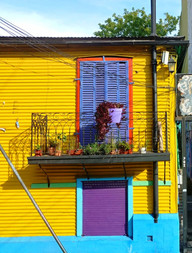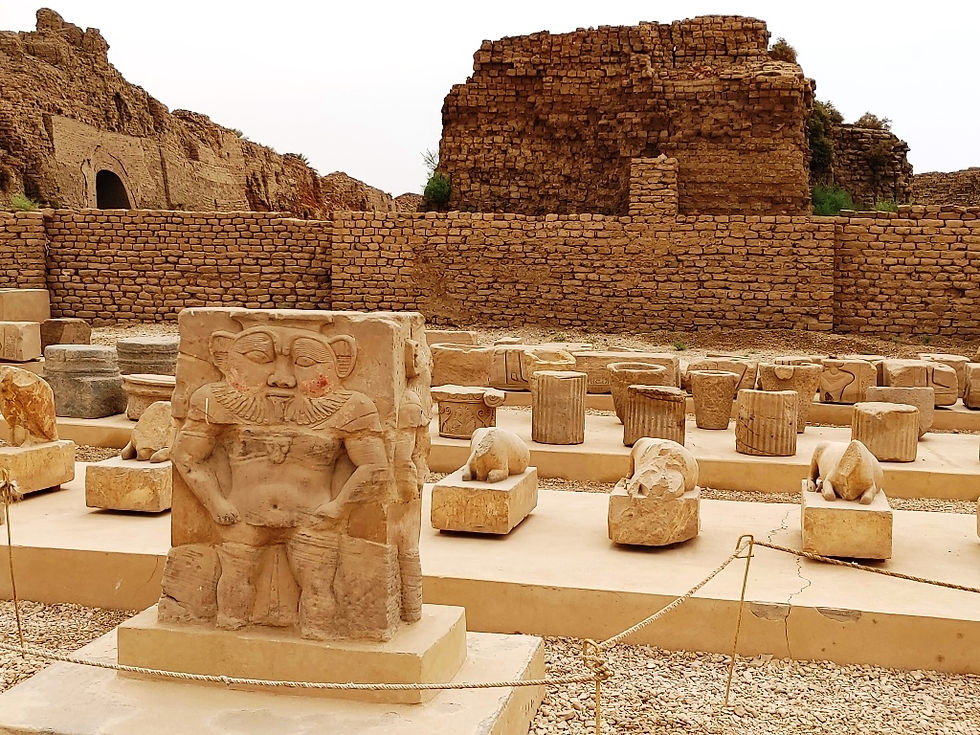Buenos Aires – Bright Colors & Mausoleums
- pswartz
- Mar 16, 2023
- 2 min read


Leaving Montevideo, Uruguay, and sailing west through the mouth of the Plata River brings us to Buenos Aires. The city's name means "good airs" or "fair winds" in Spanish, and it was founded by Spanish colonists in 1536. It is the capital and largest city of Argentina, with a rich and diverse cultural heritage. Buenos Aires is famous for its architecture, which blends European, colonial, and modern styles, and for its vibrant nightlife and artistic scene.

Buenos Aires boasts one of the liveliest cultural scenes in the world. The number of theatrical and musical performances that run each week rivals those of any European city. Its stately Kirchner Cultural Center alone features a concert hall, 5 auditoriums, 18 event halls and 40 gallery spaces. And the internationally renowned opera house, the Colon Theater, hosts some of the world’s most highly recognized symphony orchestras and choruses, as well as art exhibits presenting numerous disciplines from museums across the city. Even the natural world is on display at the city’s lush Botanical Garden.
Sometimes called the “City of Books,” Buenos Aires is also home to hundreds of bookstores and libraries.

The city is also the birthplace of tango, the sensual dance that expresses the passion and history of the porteños (the people of the port). The original port was in the colorful neighborhood of La Boca. Here you will find the buildings all painted with a wide variety of bright colors. This all started back when the people living in this area were very poor and could not afford paint for their houses. So they would go down to the docks and see what leftover paint they could scrounge from the ships – a half gallon of red here or a gallon of blue there, and that’s what they would use on their houses. So you paint with the red until it runs out and then start with the blue, etc.

We had a great tour through many of the neighborhoods and to many of the principal locations in Buenos Aires including, of course, the famous balcony where Evita appeared to the people and from which Madonna sang “Don’t Cry for Me Argentina” and the mausoleum where Eve Parron is laid to rest.
(Click on pictures to enlarge and scroll)


































Comments